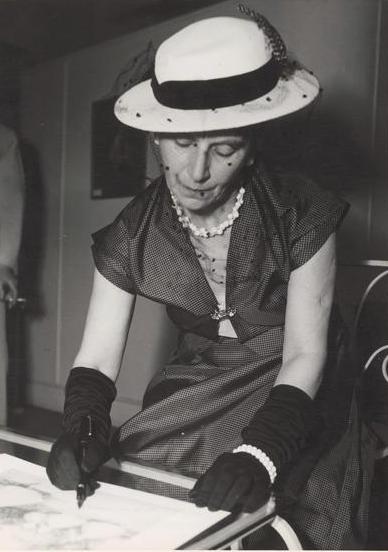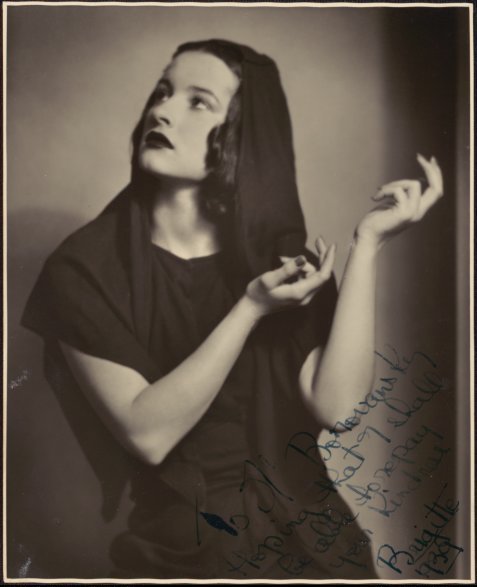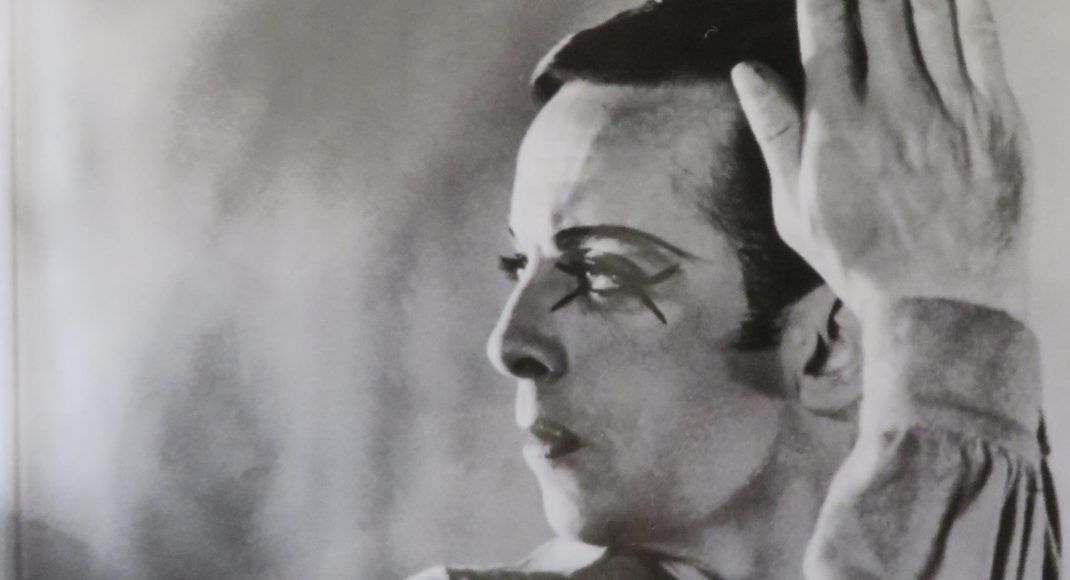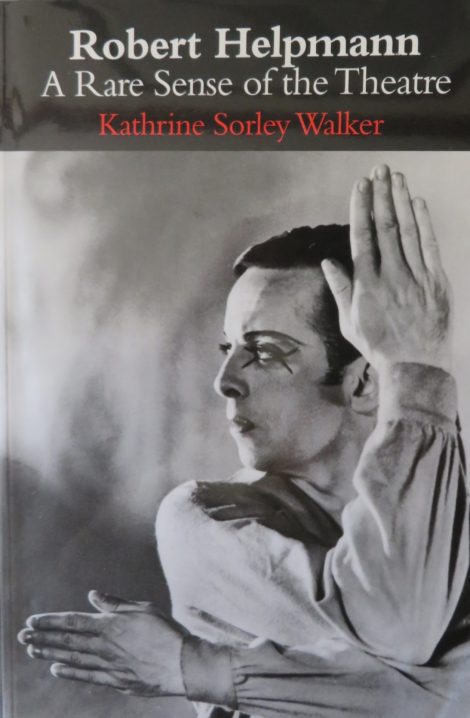It is always good to see new dance writing. There are too few outlets for the kind of dance writing that arouses interest and generates debate. That’s why it was a pleasure to see Fjord Review, a new magazine, beautifully designed, make its appearance out of Melbourne at the end of 2009. Shrouded in mystery too! All the articles appear to be written by the one author, who is also the editor/business owner of the publication, it seems. Or at least that’s what one surmises. The initials ‘FR’ appear at the bottom of most articles. No hint of price or frequency though, just a note on the back cover:
Submissions and subscription requests can be made by writing to fjordreview@gmail.com
In terms of content, Fjord Review covers a good, wide field—ballet, contemporary, film, historical writing, works of art on paper, poetry and exhibitions. I disagree with many of the opinions expressed I have to say. The editorial, for example, is called ‘Ballet: a eulogy’. It expresses the opinion that ballet has been in decline for some time and its decline has been exacerbated by the economic downturn. Ballet does have its ups and downs but to my mind they are more to do with the quality of artistic direction and leadership than anything else and a good leader can emerge at any time and in any circumstances. Decline does not necessarily follow an evolutionary pathway either.
I found the reference to how unfortunate it was that Canberra was the sole Australian host of the Degas exhibition gratuitous and unnecessary and simply an example of ‘Canberra bashing’ in which so many Australians love to engage. But I admired the descriptions of what many thought was the highlight of the show, Degas’ Little dancer of fourteen years. FR writes: ‘She waits for something bright and her forehead, nose and collarbones are lustrous.’ Similarly engaging writing surfaced in ‘(Re)Construct: one night in Frankston’, a review of Tanja Liedtke’s work Construct.
I also loved the short piece about Gillian Lacey’s film ‘Play: on the beach with the Ballets Russes’ and look forward to seeing it at some stage. But being more than familiar with the footage that forms the basis of Lacey’s work, I thought it was a shame that the name of the amateur cinematographer who shot the raw footage, and to whom we owe so much, was spelt incorrectly. It was a slight error, and not an uncommon one, but enough to grate.
Which leads on to the editing of Fjord Review. If this magazine wants to be taken seriously, its editor needs to engage a second eye to do a critical copy edit of future issues. There are just too many errors, inconsistencies, awkward use of words and structures and some meaningless sentences in this first issue. I hope the editor wil also apply for an ISSN number, freely available from the National Library in Canberra http://www.nla.gov.au/services/issn.html, so the magazine will be able to be properly catalogued.
But I thank Fjord Review for sending me a copy and I look forward to watching its future growth.
Michelle Potter, 24 February 2010



